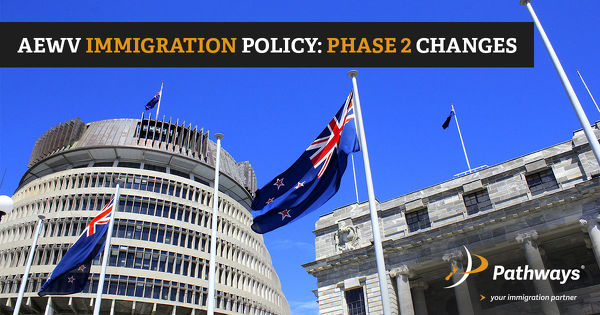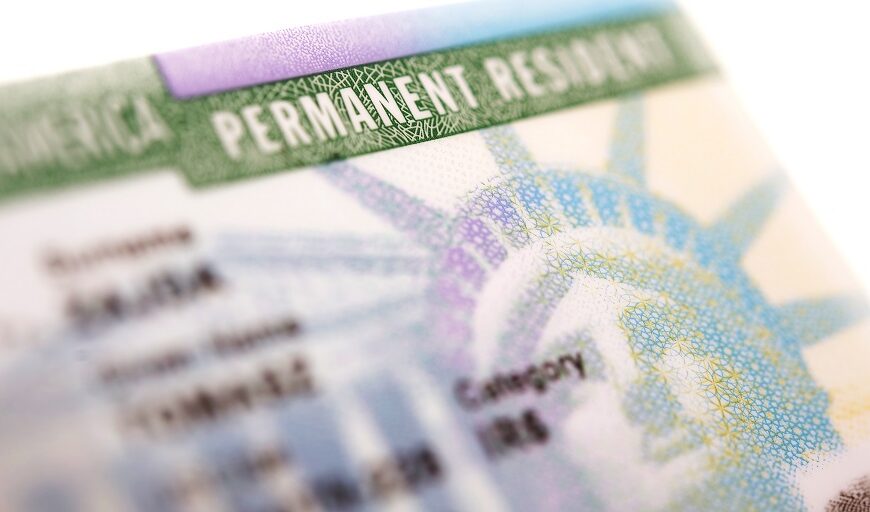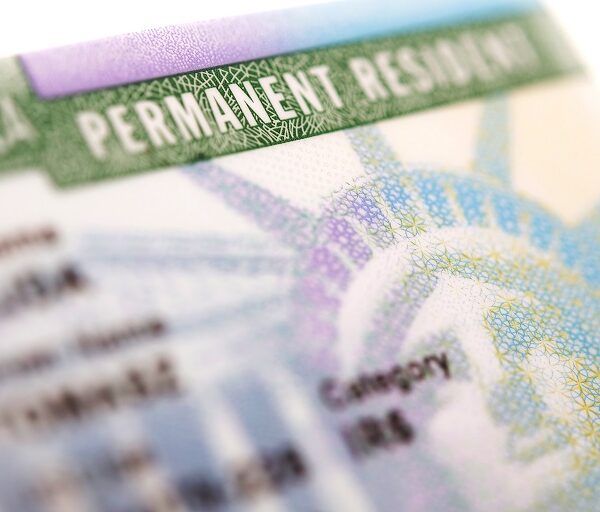Understanding the Key Updates on AEWV Phase 2 Changes
The Accredited Employer Work Visa (AEWV) system has undergone significant transformations aimed at streamlining the immigration process for employers and workers in New Zealand. As we delve into the latest updates from Phase 2 of these changes, it is crucial for both employers and prospective employees to be well-informed about the implications of these updates on their immigration journey.
What is the AEWV?
The Accredited Employer Work Visa is a pathway for employers in New Zealand to hire overseas talent to fill labor shortages. This visa is designed to ensure that businesses can access the skilled workforce they need while maintaining a focus on protecting local jobs. With the recent changes, the AEWV is becoming more structured and user-friendly.
Key Updates in Phase 2 of the AEWV
The recent updates to the AEWV have brought about several essential changes that affect both employers and employees. Below are the key updates that everyone should be aware of:
How these Changes Affect Employers
For employers, these updates present both opportunities and challenges. Understanding the new requirements and adapting to the changed landscape is crucial for businesses looking to hire international talent.
Benefits for Employers
Access to a Broader Talent Pool: The enhanced visa options allow employers to fill critical roles with skilled workers from abroad, improving operational efficiency.
Improved Reputation: By adhering to the new accreditation and compliance standards, employers can build a strong reputation as responsible employers, which can attract top talent.
Challenges for Employers
Compliance Costs: Adapting to the new requirements may incur additional costs for businesses, especially for smaller organizations that may lack the resources to manage compliance effectively.
Training Requirements: Employers need to invest in training programs for local workers, which may require time and financial resources to implement adequately.
How these Changes Affect Employees
For prospective employees, these updates present new opportunities and considerations when applying for work in New Zealand.
Opportunities for Employees
Longer Employment Security: With the extended duration of the AEWV, skilled workers can enjoy greater job security and stability, allowing them to settle and thrive in New Zealand.
Enhanced Rights and Protections: The focus on employer obligations means that workers will have better protections in terms of fair treatment and employment standards.
Considerations for Employees
Increased Scrutiny: Applicants may face more scrutiny during the application process, as employers must demonstrate compliance with the new regulations.
Potential for Delays: While the application process is streamlined, the demand for skilled workers may lead to delays in visa processing times as employers adjust to the new system.
Preparing for the Changes
To successfully navigate the changes associated with the AEWV Phase 2 updates, both employers and prospective employees should take proactive steps.
Conclusion
The updates to the Accredited Employer Work Visa system represent a pivotal shift in New Zealand’s immigration policy, aimed at fostering a sustainable labor market that prioritizes local talent while still welcoming skilled workers from abroad. By understanding and adapting to these changes, both employers and employees can benefit from a more efficient and equitable immigration process.
As New Zealand continues to evolve its immigration landscape, staying informed and prepared will be crucial for anyone looking to navigate the complexities of the AEWV successfully. Embracing these changes can lead to new opportunities for growth, collaboration, and success in the ever-changing world of work.







